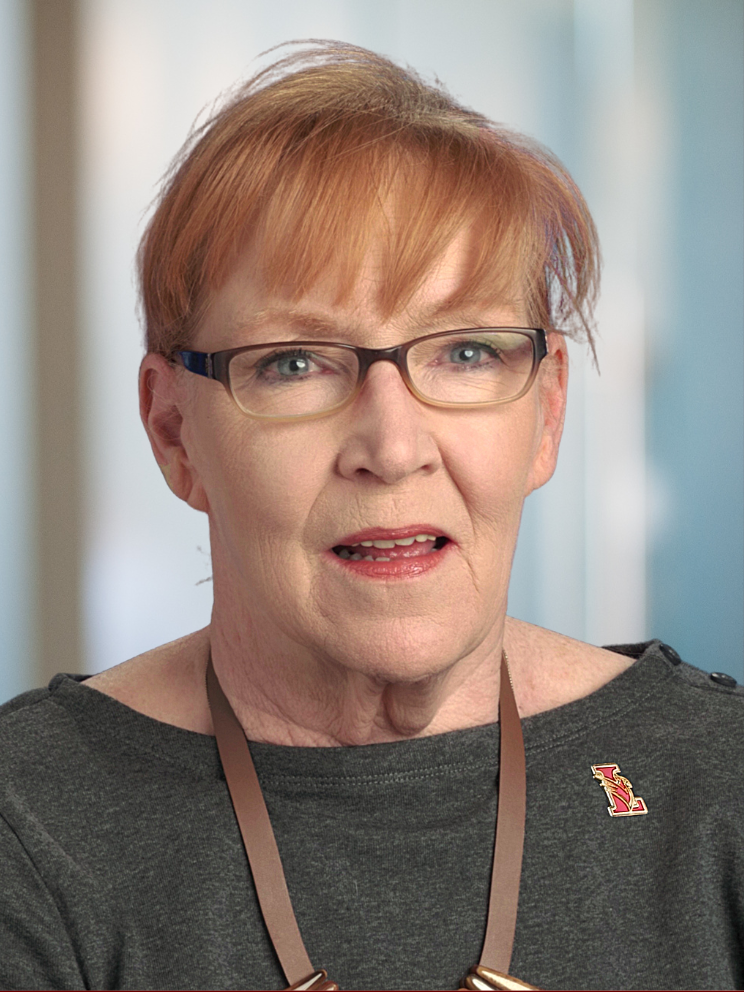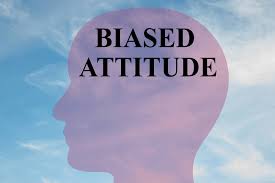When my mother was alive, her medical care was spread out among specialists. She had an internist as her go-to, primary doctor, but she had a Rolodex of others to manage specific health issues: dermatologist, podiatrist, cardiologist. At one point she was referred to a geriatrician who we hoped would become a general contractor of sorts for Mom’s total care. Older bodies are different from younger ones. The same disorders produce different symptoms in elders, and they respond differently to medications and other therapies. Many doctors who are not geriatricians don’t know much about that. Sadly, the travel to the only geriatrician was far and the wait for a new patient appointment was months, so in the end she didn’t go. Why is there such a shortage of geriatricians?
Only about 7,000 geriatricians are currently available to care for an estimated 12 million elders, and significantly more are needed for our growing older population. Studies show that geriatrics is one of the least popular medical specialties, possibly because geriatricians make less money than other doctors, but also because of preconceptions about older people, such as the belief that they are too difficult and time-consuming to treat, and they are beyond help anyway. Studies show that these prejudices are common even in medical schools, perhaps partly because the only older patients med students see are hospitalized or live in nursing homes.
On the positive side is the increasing number of buddy programs for medical students, including a Silver Century Foundation-funded partnership with Rutgers-Robert Wood Johnson Medical School. Mentors for Med Students asks healthy older people who live independently to serve as mentors for second-year medical students. The goal of the program is to change misguided preconceptions that most elders whom doctors see will be demented or in residential care. The students visit the mentors at home, taking medical histories, reviewing therapies and getting to know them as individuals. This process helps the future physicians become familiar with healthy aging. It allows them to see how elders manage and how their health impacts their daily living and finances.
Other US medical schools also now offer programs that are changing the way medical students interact with older people. The University of New England College of Osteopathic Medicine Learning by Living Project sends students to live 24/7 in a residential care facility. Each student is given a diagnosis and for two weeks is treated as an older adult would be with that same diagnosis. Asked about the impact of students interacting with the elderly, program director Marilyn R. Gugliucci, PhD, reports that the fear of aging and of nursing homes has decreased for all students who participated in the program. The real-world experience allows them to empathize with the residents and to see each of them as a whole person, not a list of infirmities.
At the John A. Burns School of Medicine in Hawaii—the state that’s home to the fastest-growing elder population in the country— first-year students pair up with someone living in a residential facility. They meet for several hours each week. The school also requires future doctors to perform a clinical rotation in geriatric medicine.
It’s been a decade since my mother’s passing, when I became aware of the dearth of geriatricians. Even as medical school buddy programs are beginning to take hold all over the country, I am afraid we are progressing too slowly.
We need more programs that directly address the shortage of geriatricians so that there will be enough knowledgeable, compassionate, medical professionals to care for us as we get older.

Pepper Evans works as an independent-living consultant, helping older adults age in place. She is the empty-nest mother of two adult daughters and has extensive personal and professional experience as a caregiver. She has worked as a researcher and editor for authors and filmmakers. She also puts her time and resources to use in the nonprofit sector and serves on the Board of Education in Lawrence Township, NJ.



